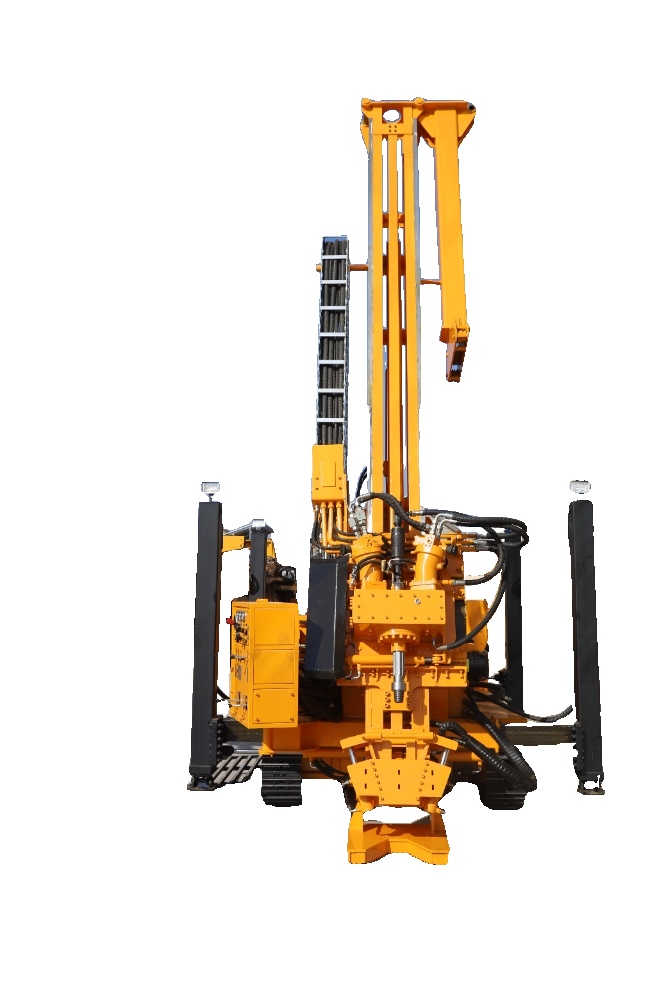Core Drills: The Unsung Heroes of Resource Exploration
Core Drills: The Unsung Heroes of Resource Exploration
Beneath the Earth’s surface lies a treasure trove of minerals, metals, and geological secrets waiting to be uncovered. At the forefront of this exploration are core drills—specialized machines designed to extract cylindrical samples of rock, known as core samples, from deep within the ground. These samples are invaluable to geologists, miners, and researchers, providing critical insights into subsurface composition, mineral deposits, and geological structures.
Core drills differ from standard drilling rigs in their precision. While conventional rigs focus on creating holes for water extraction or construction, core drills prioritize retrieving intact rock samples. This precision is achieved through advanced drill bits, often made of tungsten carbide or diamond, which cut through hard formations without damaging the core. The samples, typically 2 to 10 inches in diameter, are preserved in core barrels and transported to laboratories for analysis.
In mineral exploration, core drills are indispensable. Mining companies rely on core samples to determine the presence, quantity, and quality of ores such as gold, copper, and lithium. For example, a core sample containing high-grade gold veins can indicate a viable mining site, guiding multi-million-dollar investment decisions. Similarly, in oil and gas exploration, core drills help assess reservoir rock properties, including porosity and permeability, which influence hydrocarbon extraction efficiency.
Beyond resource extraction, core drills play a role in environmental science. Geologists use them to study soil and rock layers, tracking groundwater movement, assessing soil contamination, and evaluating the stability of land for construction projects. In climate research, ancient rock cores can reveal historical climate patterns, offering clues about past temperature fluctuations and atmospheric composition.

 Bangxin -borado
Bangxin -borado